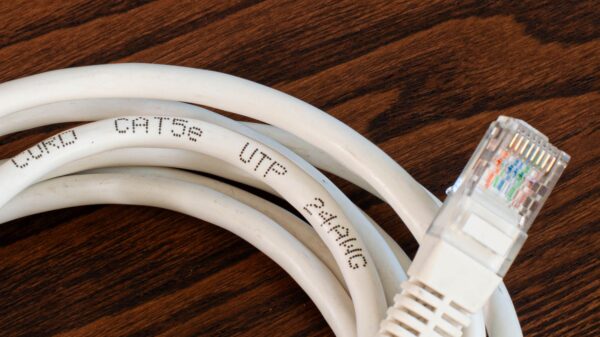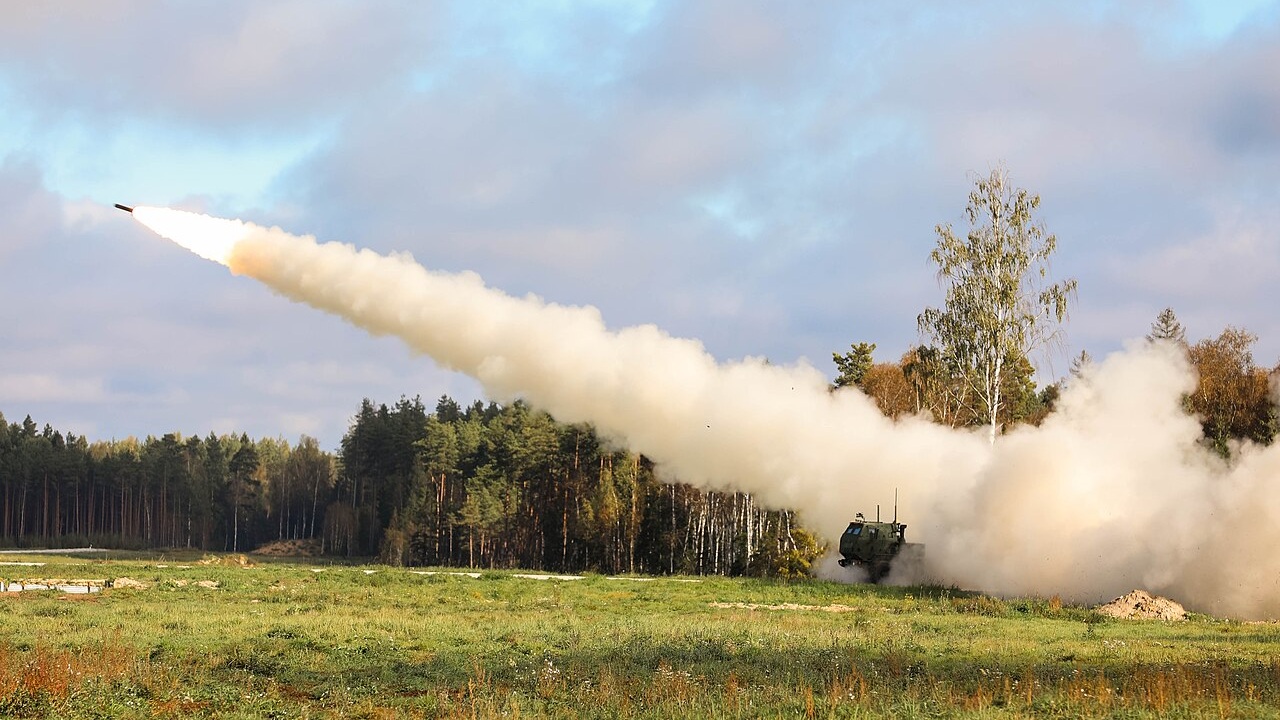A new era in rocket artillery has begun as the Global Mobile Artillery Rocket System (GMARS) successfully completed its initial test firing in New Mexico. On August 7, 2025, defense giants Rheinmetall and Lockheed Martin announced that the GMARS demonstrated its capabilities at the White Sands Missile Range, marking a significant milestone in military technology.
The GMARS features a shoot-and-scoot capability, allowing it to fire its missiles and swiftly relocate before enemy counter-artillery systems can respond. This tactical advantage has proven effective in recent conflicts, particularly in Ukraine, where similar systems like the M142 High Mobility Artillery Rocket System (HIMARS) have made substantial impacts on the battlefield.
Details of the Successful Test
During the test, the GMARS showcased its ability to effectively launch rocket missiles. Although exact performance metrics were not disclosed, Rheinmetall indicated that the system could potentially support fire missions up to 400 kilometers (approximately 250 miles). If confirmed, this range would surpass that of the existing MGM-140 Army Tactical Missile Systems (ATACMS) by over 80 kilometers.
Dr. Björn Bernhard, CEO of Rheinmetall Vehicle Systems Europe, stated, “We are thrilled to have achieved this major milestone in the GMARS program. The successful live fire showcases the system’s precision and reliability, and we are confident that GMARS will meet the evolving needs of our customers.”
Enhanced Mobility and Versatility
The GMARS is designed for rapid deployment, akin to the M142 HIMARS and the M270 Multiple Launch Rocket System (MLRS). With a crew of two, it can also accommodate an additional member to assist with certain tasks. Its compatibility with existing munitions used in HIMARS and MLRS simplifies integration for military forces already trained in those systems.
The system can carry two pods with varying payloads, including up to 12 Guided Multiple Launch Rocket Systems (GMLRS), four Precision Strike Missile (PRSM) short-range ballistic missiles, or two MGM-140 ATACMS. This flexibility allows the GMARS to adapt to various mission requirements, enhancing overall operational effectiveness.
As nations increasingly rely on rocket artillery for long-range fire missions, the GMARS positions itself as a critical asset in modern warfare. The ongoing conflict between Ukraine and Russia has underscored the significance of such systems in achieving tactical objectives.
In conclusion, the successful test firing of the GMARS not only highlights advancements in military technology but also reinforces the commitment of Lockheed Martin and Rheinmetall to deliver innovative solutions for modern armed forces. The GMARS is poised to enhance the firepower of the United States and its NATO allies significantly.








































































